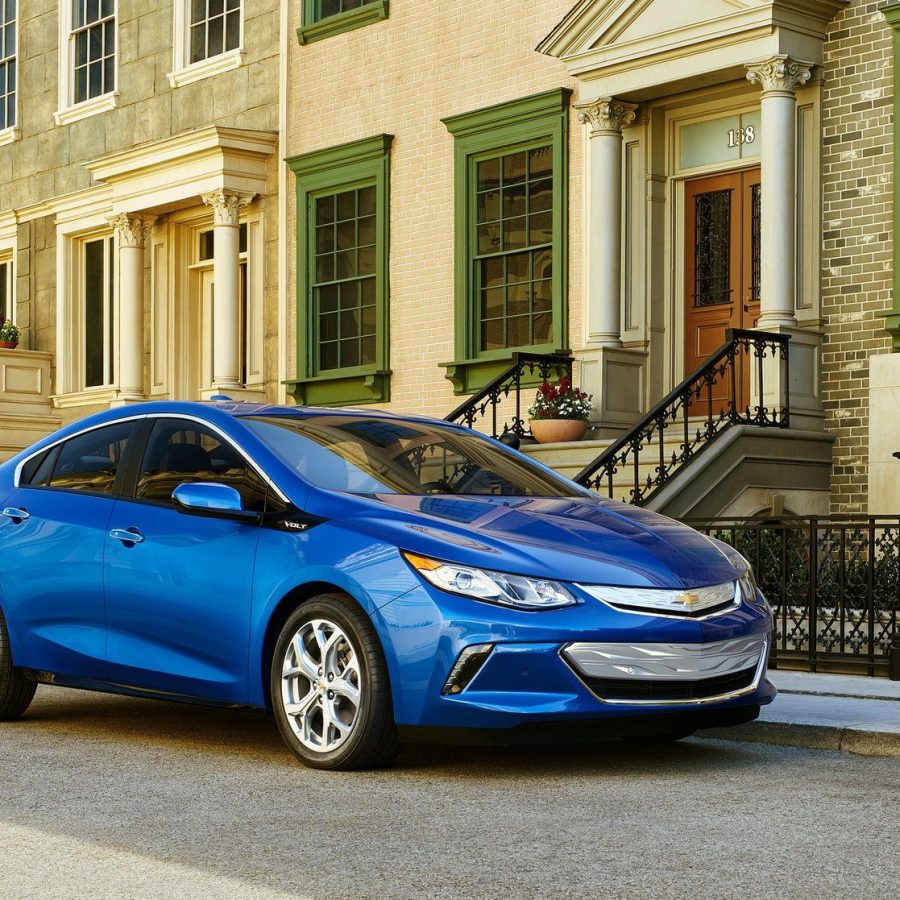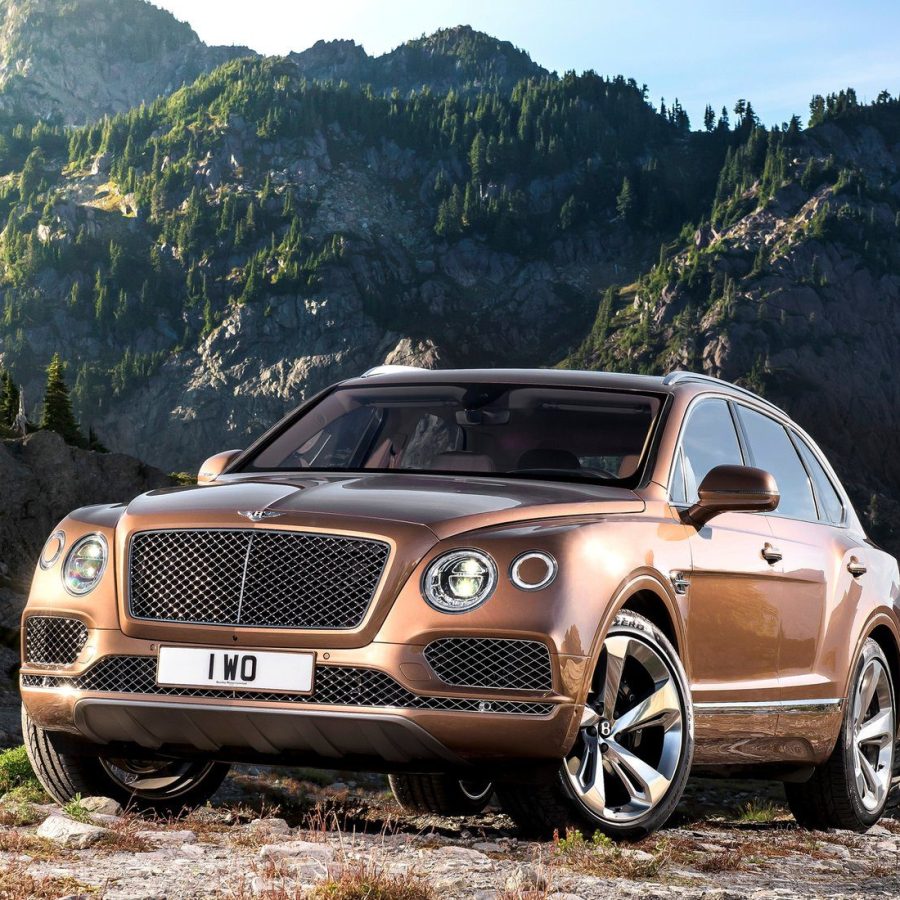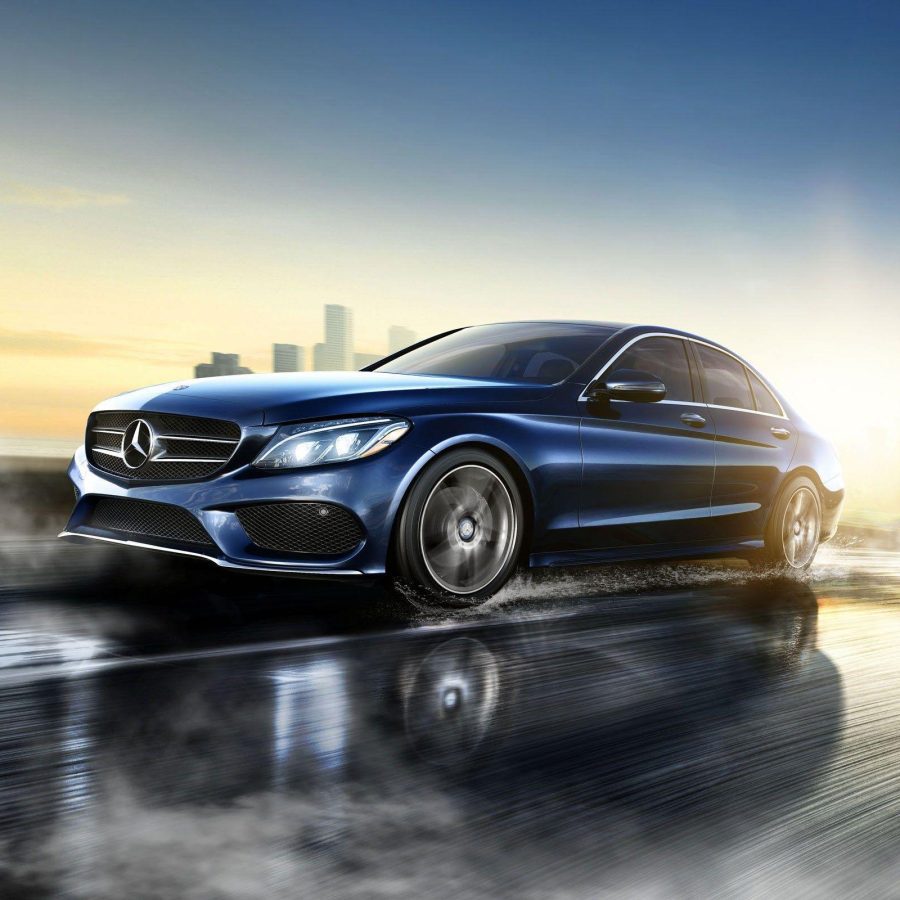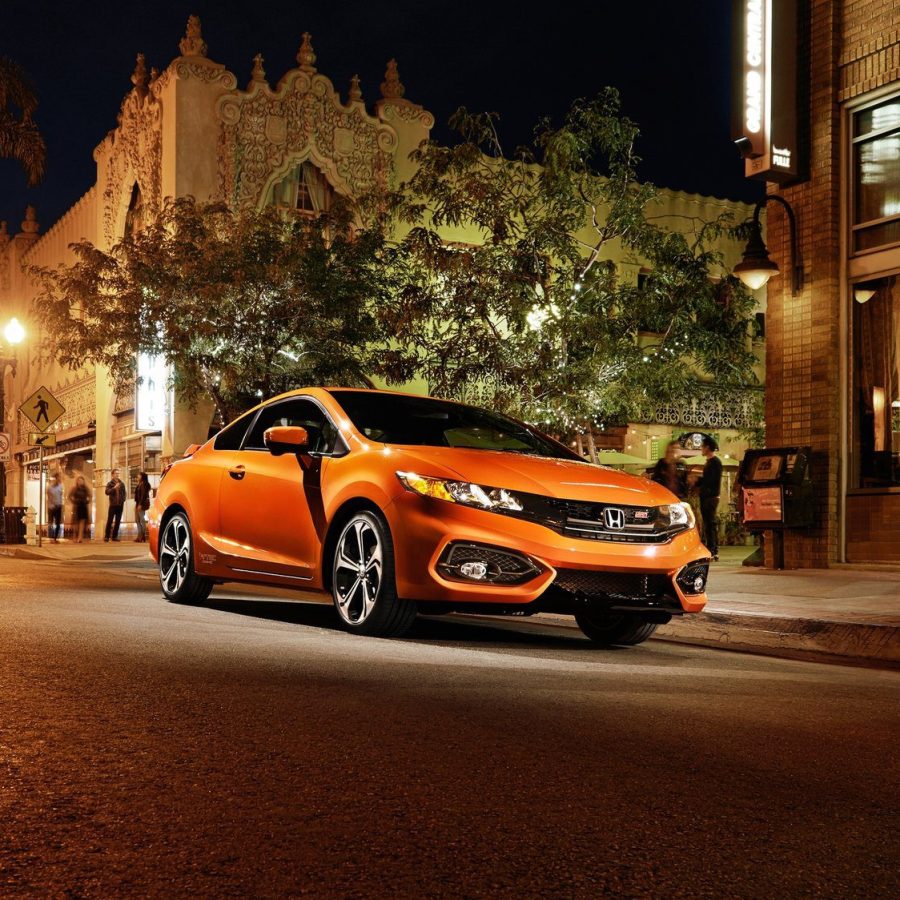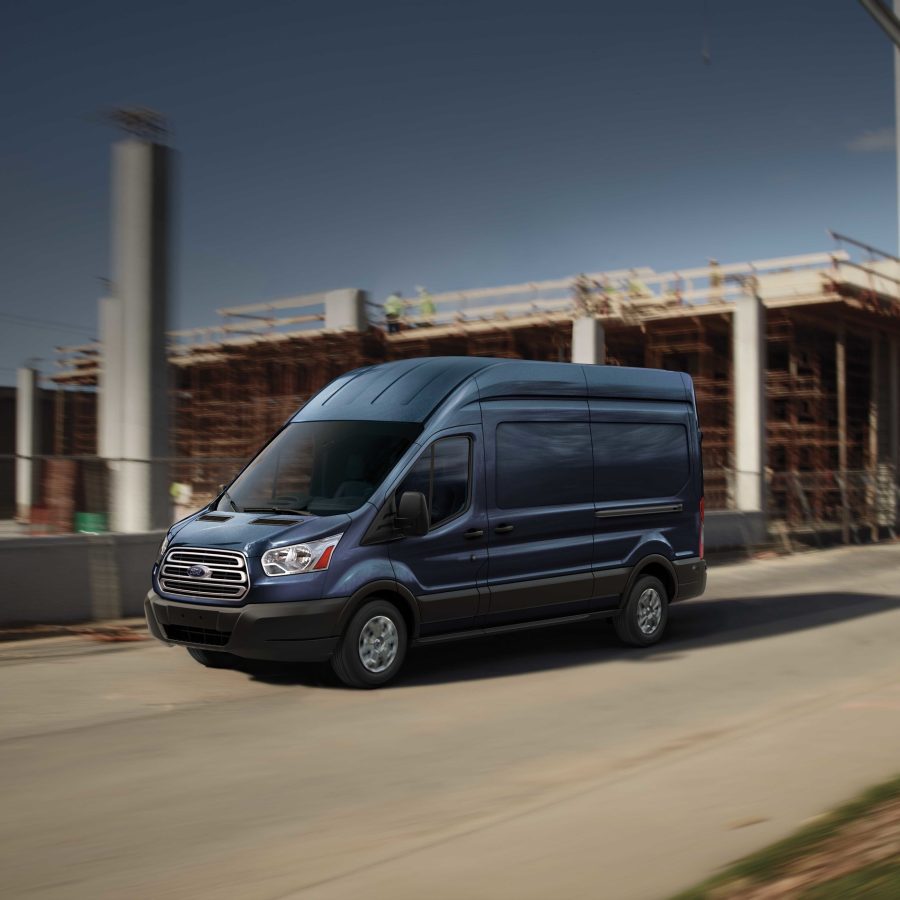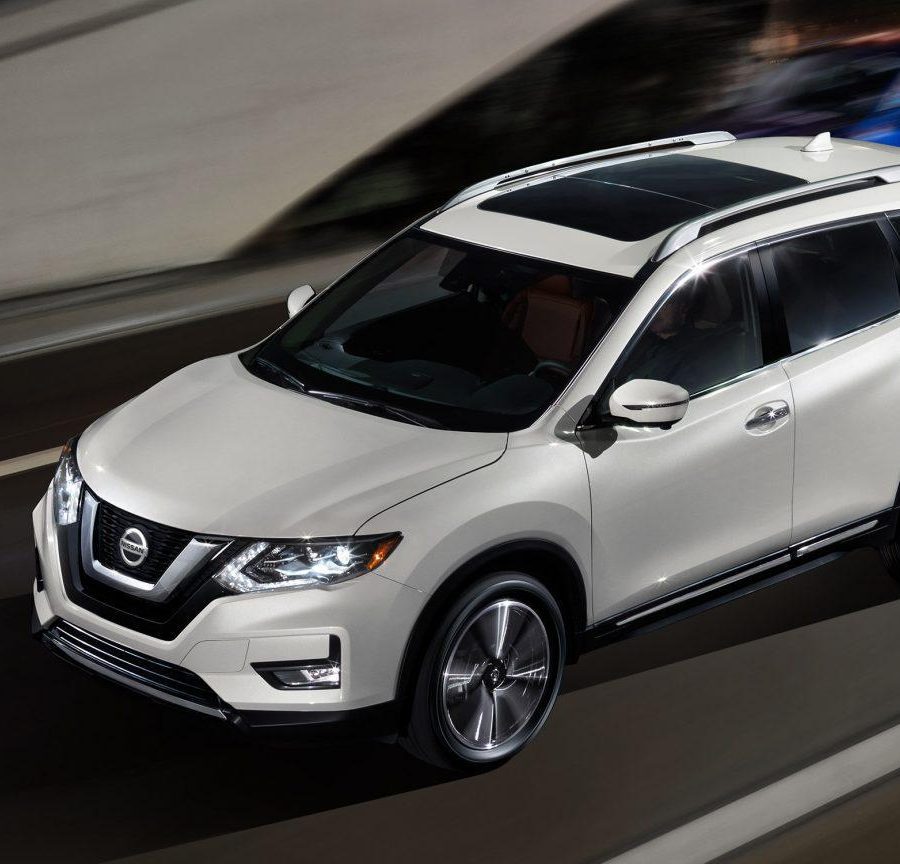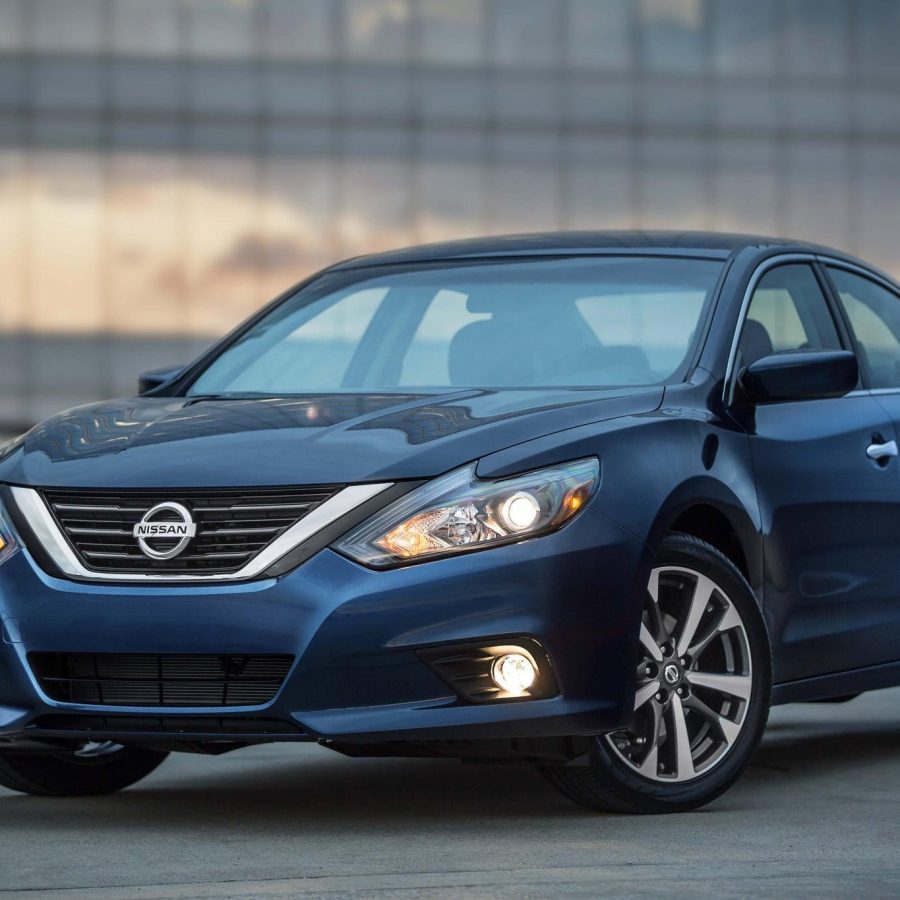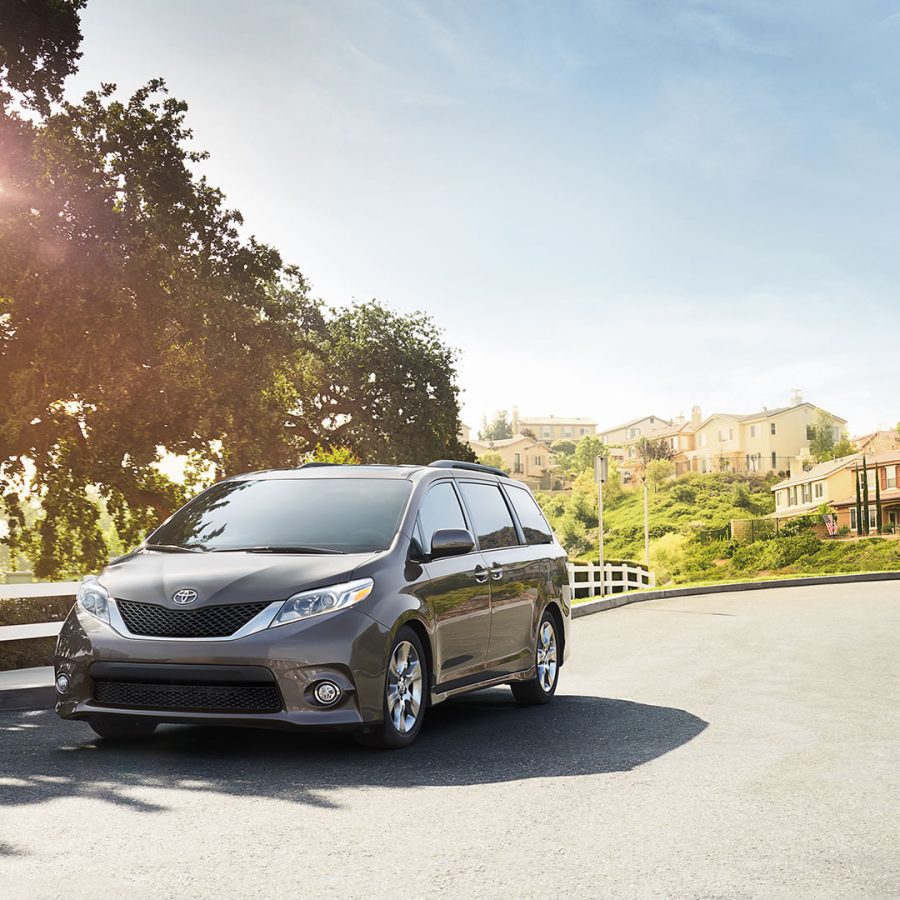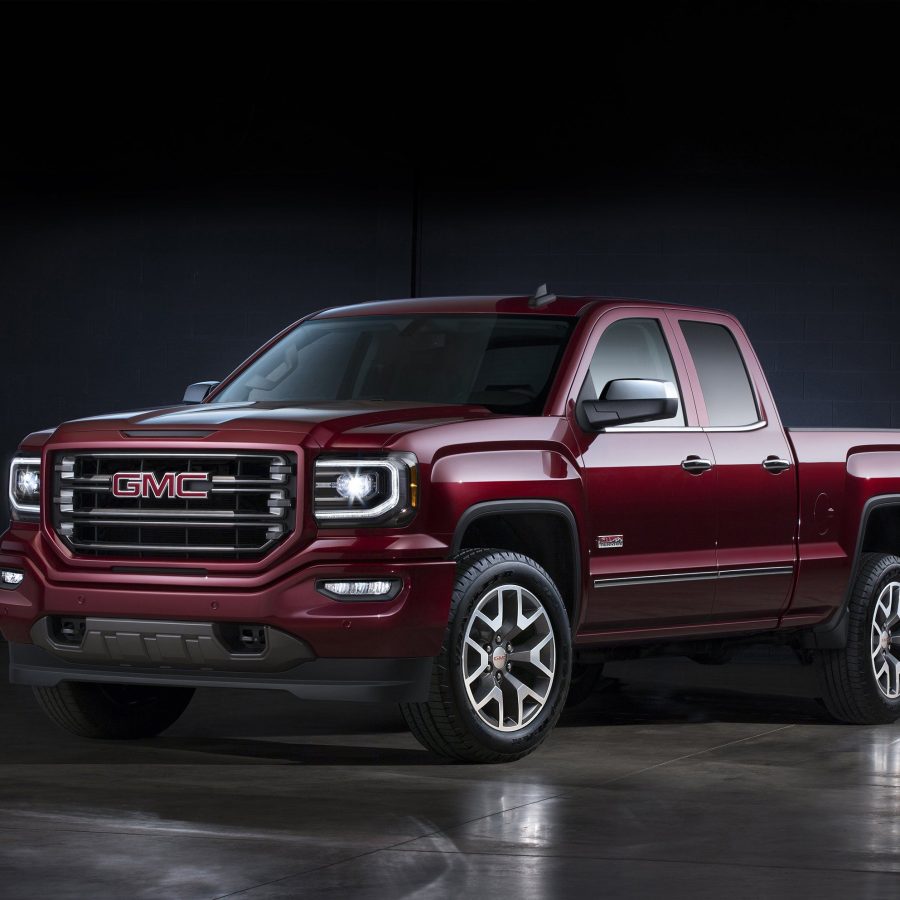2016 U.S Automotive Sales Research
In 2016, the U.S. auto industry saw the continuation of certain trends established in previous years, as well as the emergence of new ones. U.S. auto sales set a new record in 2016, with around 17.55 million units sold, slightly surpassing the 2015 figures. This marked the seventh consecutive year of sales gains for the industry, a streak that began after the financial crisis in 2009. The preference for SUVs, crossovers, and trucks continued to rise at the expense of traditional passenger cars. Lower fuel prices and the changing tastes of American consumers played significant roles in this shift. More consumers opted to lease vehicles instead of purchasing them. Favorable economic conditions, coupled with the desire to have newer models with the latest features, contributed to the rise in leasing. While the U.S. economy continued to grow, the pace was somewhat moderate. Nevertheless, factors like low unemployment, continued low-interest rates, and consumer confidence supported robust auto sales. Although gas prices remained relatively low, there was an increasing interest in electric vehicles (EVs) and hybrids. Longer battery ranges and an expanded number of offerings from various automakers played a role in this gradual shift. Following the Volkswagen "Dieselgate" scandal in 2015, the diesel market faced skepticism in 2016. This led to increased regulatory scrutiny and somewhat dampened enthusiasm for diesel vehicles. By the end of 2016, there were discussions among industry analysts and experts about the possibility of the auto sales market reaching a plateau. While sales were still robust, the pace of growth was slowing, hinting that the years of consecutive growth might be reaching a peak.


